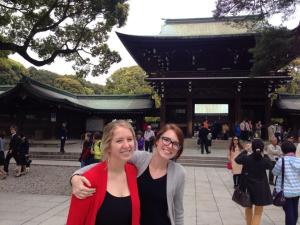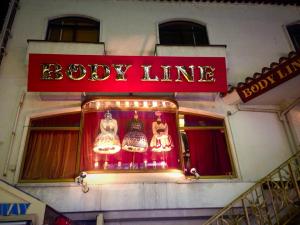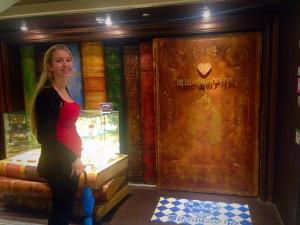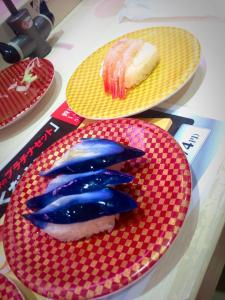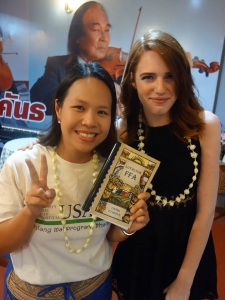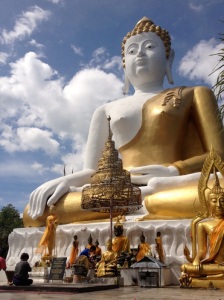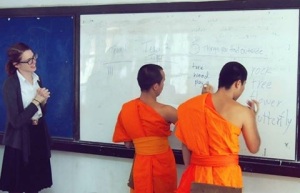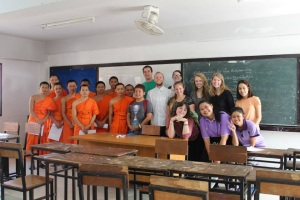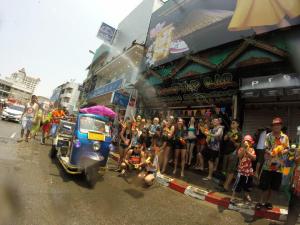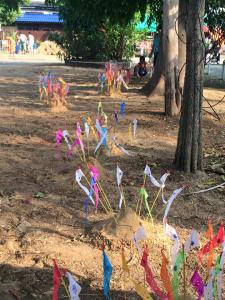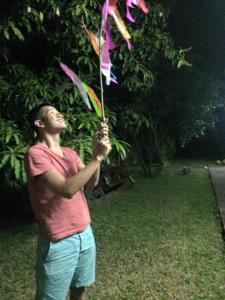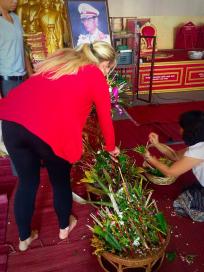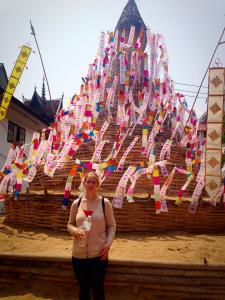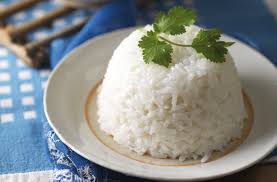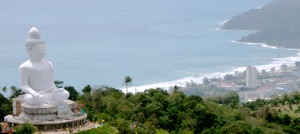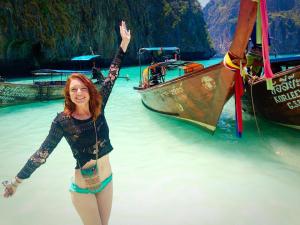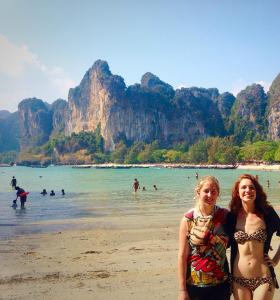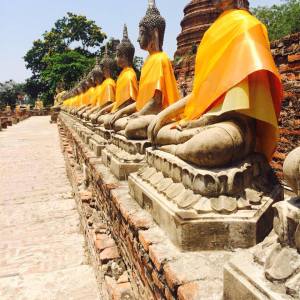
Kindergarten Class
The USAC internship program with the Northern School for the Blind in Chiang Mai, Thailand has been a valuable experience in developing my professional and interpersonal skills in the field of education and teaching, especially on the front of Universal Design Learning (UDL) and special education services, for students with impairments, disabilities and English as a second language (ESL). My 45 hours went by incredibly quick, but the experience will last a lifetime. The internship has impacted my future plans and goals and will have lasting effects on my career. The students are amazing (k-12th grade) and the program is free for students with visual impairments in one or both eyes, from all over Thailand. I taught English lessons, did crafts, and recorded educational material for the school, but there is a huge variety of tasks in the school including physical therapy, music, math & sciences, and job training (the school has a restaurant for students to work at as well as a Blind Massage School and Practice).
As a teacher, putting theory into practice in the classroom was difficult to navigate at first; I’ve never taught special education before. There was a language barrier, from my own personal lack of knowledge of the Thai language, as well as the student’s unfamiliarity with my English language pronunciations and accent. But the language exchange itself began to naturally cultivate over the next few visits in a way that reinforced my Thai language learning at the university and supported the language development of the students at the same time. I definitely learned a lot from the students; it wasn’t a one-way transference of information. This aspect made me aware of the importance in classroom culture, environment, and the relationship between, not just the students as peers, but between the teacher and his or her students as well. As I teacher, I think it’s important that you are always willing to continue learning.
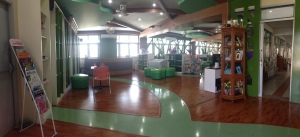
Library
I made various lesson plans for 1st-6th grade. The first lesson plan was Body Parts and the 5 Senses; to keep things interesting, interactive, and tactile, we played Simon Says; did a taste test; touched a variety of objects and textures to discuss touch; listened to music and surrounding noises from outside to identify sound; then the teachers help use facilitate a conversation about smell and sight, colors and shapes, and we had a scavenger hunt after. Some problems I ran into were things like not translating enough vocabulary in Thai for effective and clear communication. Then, I had to adjust my teaching style and rethink how to command attention in front of the classroom. I wasn’t used to touching my students to maintain their attention, but it ended up being the most practical approach in this scenario. I also didn’t fully compensate for the different grade levels I was going to teach and needed to improve on adapting activities by age.
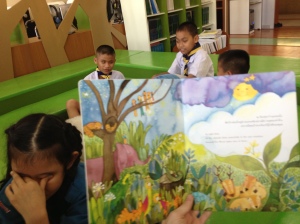
Reading in the Library
For the lesson, I chose the topic of Numbers: Counting, Adding, Subtracting, etc.; this time around I set aside a good part of the class time for natural conversation and speaking English out loud. Listening comprehension is difficult for Thai ESL students, especially when pronunciations are often dictated from teachers whose first language is Thai, not English; their English skills were great in reading, writing, speaking, and comprehension (from Thai speakers), but when I spoke to them, a lot was lost. I prepared the whole lesson in English and Thai, and only attempted to use Thai when my English wouldn’t get me anywhere at all. And I added extra games and lesson reviews at the end, varying by grade level (the other part of the lessons was reciting vocabulary for fruits and vegetables then keeping phonetics strong by playing a game of Telephone). I used a tactile approach for counting by using props from the schools media room as well as Cookie Crisp Cereal to teach numbers with, and to snack on. This time the atmosphere was more relaxed.
One of my favorite memories was reading to the children in the library and playing games after. One time we did a

Writing essay in Braille (6th grade)
lesson plan on the phonetics of “ball” vs “doll”, then went to the library to read story with the emphasized vocabulary, having the kids say the words with me. Afterword, in the reading pit, we had the kids grab the ball or the doll (in a game with a similar concept to musical chairs). Creating lesson plans with multimedia was a new experience, as well, and left me with a curiosity on how to improve my resources and tactile reinforcements in the classroom. Experiencing educational concepts in a variety of manners, not just by sight or sound, but my touch, taste, and smell was tricky to integrate into all of the lectures; it took extra thought, research, and time browsing the school’s amazing multimedia prop room before I finally decided how to deliver my lesson. And during my breaks between classes I would continue to revisit that room to improve the flow of the lecture materials and concepts, especially when transitioning from one topic to the next. I was also honored and excited to make audio CD’s for all of the English text books. I hope I made an impact on the students, even after I leave.
Before coming and working in Thailand, I had always pictured myself teaching English in Spanish speaking countries like in South America. But after this semester, I’ve considered switching my minor to Asian Studies. I’ve had such a positive experience here and working with the staff at the Northern School for the Blind, I almost couldn’t imagine working or living anywhere else. My attitude about working in special education changed as well; no longer intimidating and seemingly difficult, I have really grown confident and comfortable in my abilities to teach all students, no matter the diversity of the situation.


